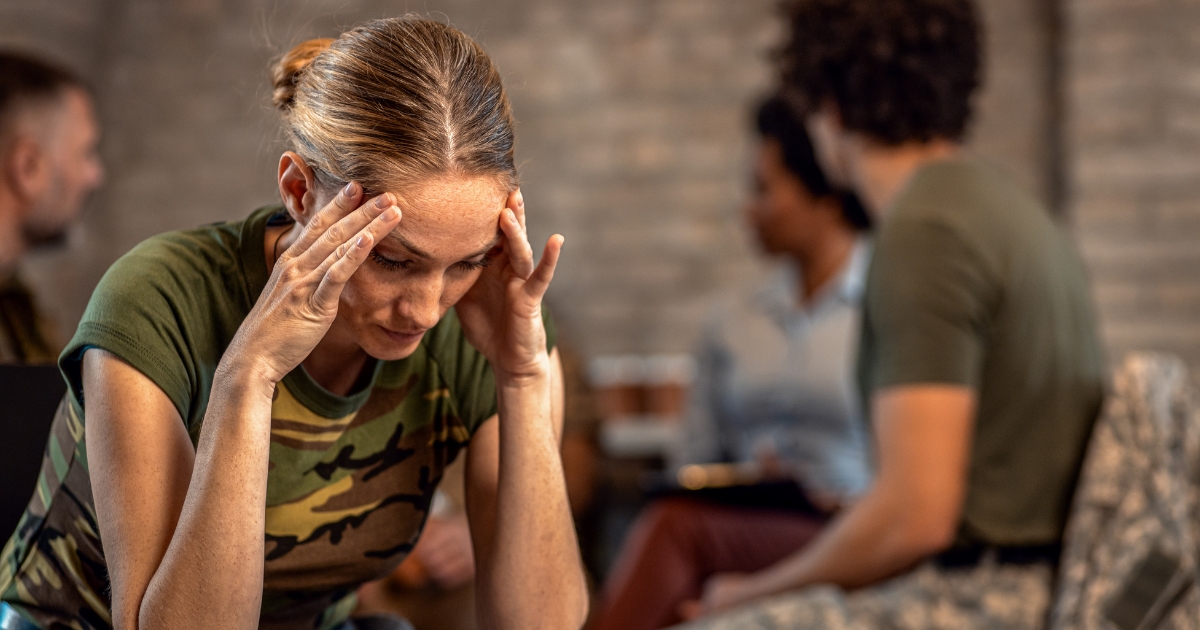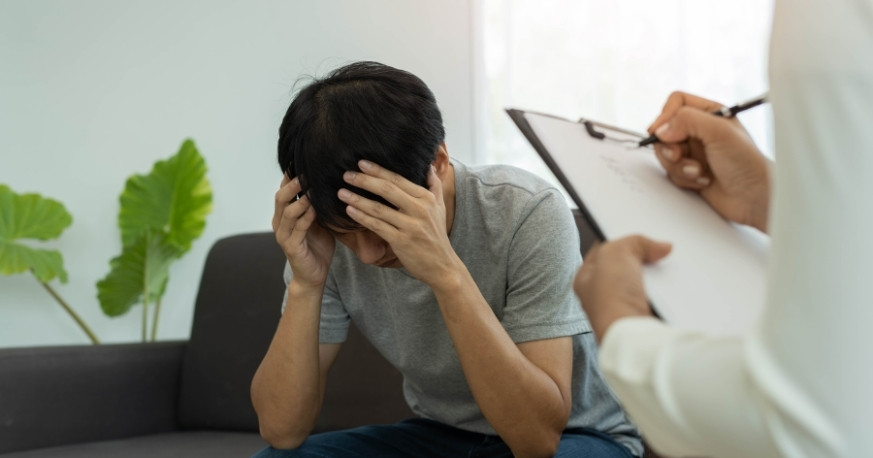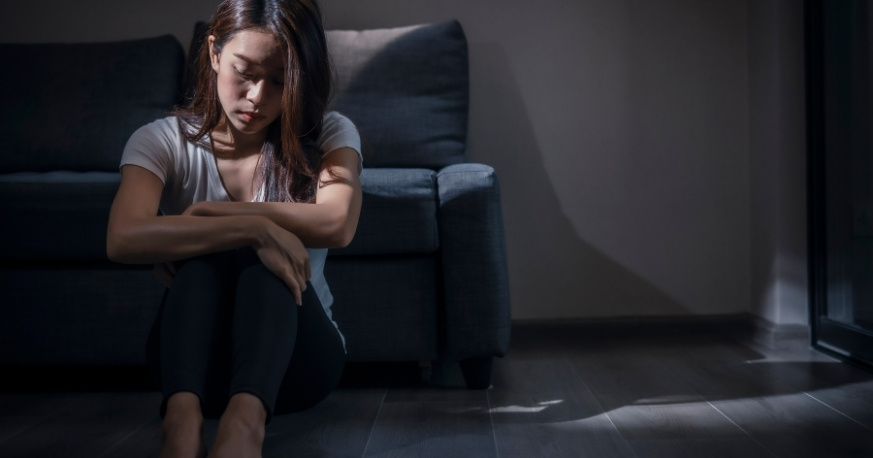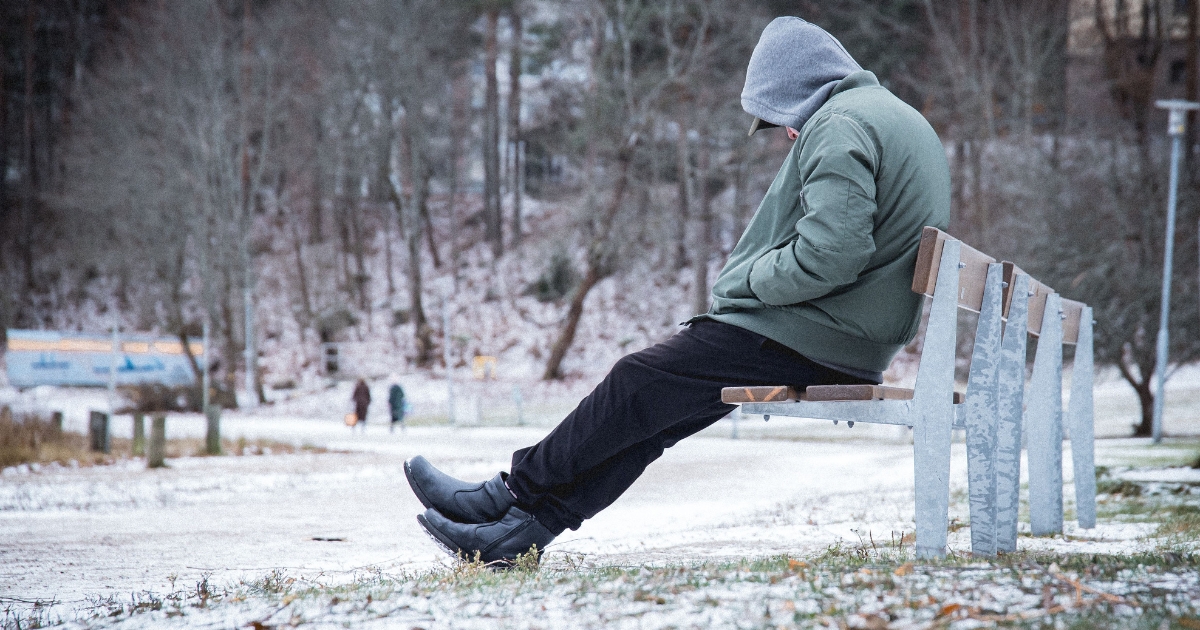10242 Greenhouse Rd #1002 Cypress, TX 77433
What Are the Physical Symptoms of Anxiety?

Anxiety isn’t just a mental or emotional issue. It often manifests physically, affecting various systems in the body. Figuring out these physical symptoms can help you recognize anxiety early and seek treatment. This blog delves into the most common physical signs of anxiety, highlighting how these symptoms can affect daily life. If you or someone you know is experiencing these signs, it’s essential to understand how anxiety impacts the body and explore effective treatments like depression treatment and ketamine therapy.
Heart Palpitations and Chest Pain
One of the most noticeable physical symptoms of anxiety is heart palpitations or a racing heartbeat. You may feel like your heart is pounding, skipping beats, or racing uncontrollably. This sensation can be terrifying, especially if you aren’t aware that anxiety is the root cause. Sometimes, chest pain accompanies these palpitations, making it easy to mistake anxiety for a heart condition.
While heart palpitations are common during anxious moments, if they become chronic, it’s crucial to see a healthcare professional to rule out any heart issues. Regular monitoring and anxiety management techniques can help alleviate this discomfort. Ketamine therapy, known for treating depression, has also shown promise in relieving anxiety symptoms, including heart-related sensations.
Muscle Tension and Pain
Anxiety often causes muscle tension, particularly in the shoulders, neck, and back. This can result in chronic pain, stiffness, or discomfort that emerges from nowhere. The stress of anxiety triggers the body’s “fight or flight” response, leading to tightened muscles. This constant tension can cause headaches, jaw pain, and even migraines.
Including relaxation techniques in your routine can reduce muscle tension. Ketamine therapy has been researched for its potential to ease chronic pain linked to anxiety, providing relief for those suffering from intense muscle tension.
Shortness of Breath and Rapid Breathing
Most people complain of suffering from shortness of breath during an anxiety attack. During an anxious episode, one may feel uneasy taking deep breaths or start breathing faster than usual. Rapid breathing, or hyperventilation, can lead to lightheadedness, dizziness, or a tingling sensation in the extremities.
Breathing exercises help regulate your breathing and reduce anxiety. By controlling your breath, you can stop the physical symptoms from escalating. Many people find these exercises helpful in addition to traditional depression treatment or innovative therapies like ketamine therapy.
Digestive Issues: Nausea, Diarrhea, and Stomach Pain
The gut is susceptible to stress and anxiety, often called the “gut-brain connection.” When you’re anxious, your digestive system can go haywire. You might experience nausea, stomach cramps, diarrhea, or constipation. Anxiety can even exacerbate conditions like irritable bowel syndrome (IBS).
It’s essential to recognize that anxiety-induced digestive problems are common, and addressing anxiety may help ease these symptoms. A nutritious diet, hydration, and stress management techniques can reduce the impact of anxiety on your digestive system. For more severe anxiety-related digestive issues, ketamine therapy has shown the potential to reduce anxiety symptoms, which in turn can alleviate digestive discomfort.
Sweating and Hot Flashes
Sudden bouts of sweating or hot flashes can be an uncomfortable and embarrassing symptom of anxiety. You may notice sweaty palms, a flushed face, or excessive sweating, even in cool temperatures. This reaction is part of the body’s natural response to stress but can be unsettling when it happens frequently.
Managing these symptoms involves both calming the mind and addressing physical responses. Techniques like meditation, mindfulness, or even exploring depression treatment options can significantly reduce the frequency of anxiety-induced sweating. Ketamine therapy has been gaining attention for its ability to target the root of anxiety, helping to lessen these physical effects over time.
Sleep Disturbances: Insomnia and Restlessness
Anxiety often disrupts sleep, leading to insomnia, frequent wake-ups, or an overall feeling of restlessness. People struggling with anxiety issues usually find it difficult to fall asleep, stay asleep, or experience poor-quality sleep, leading to daytime fatigue. Anxiety causes your mind to race, keeping you on edge even when trying to relax.
Establishing a consistent bedtime routine, reducing screen time before bed, and practicing relaxation techniques can improve sleep quality. If anxiety continues to interfere with your sleep despite these efforts, consulting a healthcare professional about treatments like ketamine therapy or traditional depression treatment can be helpful.
Tingling or Numbness in Extremities
When anxiety causes hyperventilation, it can result in tingling sensations or numbness in your hands, feet, or face. This is because over-breathing reduces the carbon dioxide levels in your blood, affecting blood flow to various body parts. The sensation can be unsettling, but it’s important to understand that it’s linked to anxiety, not a more severe medical condition.
To address these symptoms, it’s essential to slow down your breathing. Engaging in calming activities or seeking anxiety-specific treatment, such as ketamine therapy, can help manage and eventually reduce these episodes.
Shaking or Trembling
Feeling shaky or noticing your hands trembling is another physical sign of anxiety. This can occur during moments of high stress or even during a full-blown panic attack. While the shaking can be alarming, it is typically temporary and subsides once the anxiety diminishes.
Addressing the underlying cause of your anxiety is the most effective way to reduce these symptoms. Some individuals find relief through cognitive-behavioral therapy (CBT) or medications, while others explore options like ketamine therapy, which has shown promise for both depression and anxiety relief.
Anxiety affects not only the mind but also the body, often in profound ways. The physical symptoms of stress can impact daily life, but they are manageable with the right strategies. Being aware of the connection between mental and physical health is critical to managing anxiety effectively. Whether through breathing techniques, physical relaxation, or exploring treatment options like ketamine therapy, you can find ways to alleviate both the mental and physical burdens of anxiety.
If you recognize these physical symptoms in yourself or others, taking proactive steps toward management is essential. Consulting a healthcare professional can help you pick the most effective treatments for anxiety, including traditional methods like depression treatment and emerging options like ketamine therapy.




